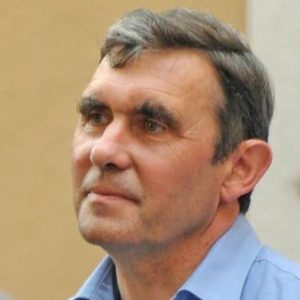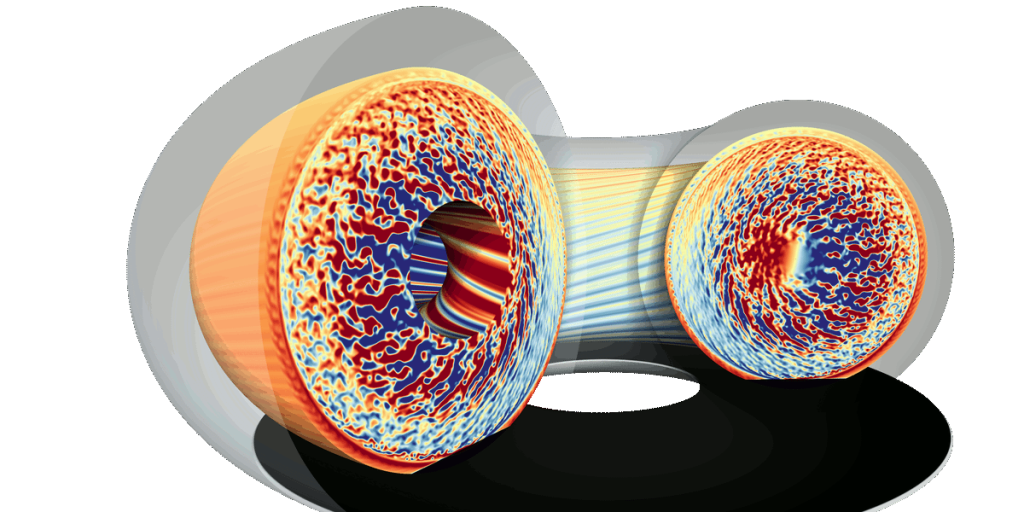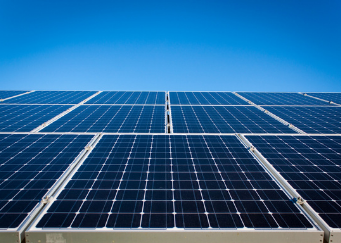Achieving net-zero emissions by 2050 requires Singapore to secure clean, large-scale, and reliable energy sources. Fusion represents a unique long-term solution: unlike conventional renewables, it does not depend on weather, and unlike fossil fuels, it produces no carbon emissions.
To unlock this potential, the project leverages NSCC Singapore’s HPC resources and capabilities in three key areas:
- Building local expertise in plasma physics and fusion systems modelling
- Developing advanced computational tools and simulations to assess the feasibility of fusion technologies within Singapore’s energy landscape
- Laying the foundation for future R&D investments, technology evaluation, and innovation.
As a strategic first step toward the Singapore Fusion Power Programme, the project strengthens national research capacity while contributing to global fusion efforts and climate goals.
Within Singapore, the Agency of Science, Technology and Research (A*STAR) is developing AI software for fusion and fluctuation measurements for code validation, while the National Institute of Education (NIE) at NTU, designed a gamma-ray spectrometer now deployed on the WEST tokamak in France to provide experimental data. NUS will participate in the exploitation of the diagnostic.
At an international level, CEA (French Alternative Energies and Atomic Energy Commission), through the Singapore Alliance with France for Fusion Energy (SAFE), provides Singapore access to the WEST tokamak and expertise in code and AI development. Discussions are also underway to expand collaboration into modelling of low aspect ratio tokamaks, further diversifying research approaches.
Together, these partnerships provide the tools, data, and global platforms needed to validate and refine plasma models, bringing Singapore closer to breakthroughs in fusion science.
At the heart of the project is the development of AI-driven surrogate models that combine deep learning with first-principles simulations. These models run significantly faster than conventional codes and can be integrated into a suite of tools aimed at building a future digital twin of a fusion reactor—a virtual environment to predict and optimise reactor performance.
One of fusion science’s greatest challenges is plasma turbulence, caused by countless tiny interactions occurring simultaneously across multiple scales. Capturing this behaviour requires immense computational power, as turbulence extends across a 5D phase space. To meet this demand, researchers deploy advanced gyrokinetic codes such as GYrokinetic SEmi-LAgrangian (GYSELA)—a rare full-F code—on NSCC Singapore’s supercomputers and on international HPC systems, including France’s SAFE Joint Research Centre (SAFE JRC). The large-scale datasets produced are then used to train and validate deep learning algorithms, opening the door to new ways of modelling turbulence, improving plasma stability, and advancing tokamak operation.
The adoption of AI in fusion research is still at an early stage, which makes these advances particularly significant. Developing surrogate models demonstrates how AI can dramatically speed up predictions and reduce costs, allowing more researchers to address challenges that were once computationally prohibitive. The use of GYSELA is equally pioneering: as one of the few codes worldwide capable of modelling plasma turbulence without simplifying assumptions, it provides a more realistic understanding of plasma behaviour.
Crucially, the project also contributes to the global fusion research community. Insights are shared openly through peer-reviewed publications and international collaborations, ensuring that advances made in Singapore strengthen local expertise while contributing to international progress in fusion science.
HPC is central to Singapore’s fusion research, providing the computational power required to model extreme plasma conditions, optimise reactor designs, and accelerate AI-driven analysis. NSCC Singapore’s Frontier team extensively supported this project, providing project consultation to identify performance bottlenecks and propose improvements to CPU affinity settings. With this support, the project is able to:
- Run multi-scale plasma simulations across different reactor designs and configurations.
- Perform parameter sweeps and design optimisation in days rather than months.
- Support real-time analysis of plasma stability and transport dynamics.
- Increase effective CPU utilisation from 55% to 80%, saving approximately 2 million CPU core hours over a six-month period
Resource-intensive full-F codes such as GYSELA rely heavily on parallelisation to achieve high performance. Developed by CEA, with contributions from NTU through the SAFE Joint Research Centre, GYSELA has demonstrated:
- High efficiency at massive scale – 85% efficiency on 500,000+ CPU cores and 63% even when stretched to 729,000 cores.
- Capacity for enormous simulations – handling meshes of up to 1.5 trillion points, routinely executed on ~100,000 cores.
- Practical runs that usually use between 1,025 – 2,048 CPUs, while benchmarking can be carried out on scales such as 512 CPUs
- Future-ready design – while GYSELA currently runs on CPU-based systems, a GPU-enabled version is being developed to harness the power of next-generation supercomputers.
Alongside this, the GPU-based GX code supports reduced gyrokinetic simulations, typically on 4 GPUs. Together, these tools—supported by NSCC Singapore’s HPC—enable the generation of large-scale datasets for AI surrogate models, turbulence modelling, plasma instability control, and tokamak operation.
This fusion research project positions Singapore at the forefront of next-generation energy solutions. Powered by HPC, the project accelerates plasma modelling, AI-driven simulations, and surrogate model development, while building local expertise to support long-term energy planning and policy.
The broader impact of fusion science extends well beyond the research community. Progress in fusion brings the possibility of clean, carbon-free electricity that is stable, abundant, and sustainable, helping to reduce reliance on fossil fuels and lower emissions over the long term. While fusion is still a future goal, advances made today lay the groundwork for an energy system that could one day power homes, industries, and cities more reliably and sustainably.
At the same time, the project generates innovations in AI, algorithms, and HPC optimisation that have near-term applications across other fields. These advances can support more accurate climate and weather modelling, drive progress in semiconductor and electronics design, and enhance technologies in aerospace, defence, and healthcare.
By enabling these advances, HPC-powered fusion research does more than push the boundaries of energy science—it helps build capabilities that can improve technology, sustainability, and resilience in ways that will gradually shape everyday life.
“Fusion is one of the greatest scientific challenges of our time, and advancing it requires both world-class expertise and powerful computational resources. With the support of NSCC Singapore’s HPC resources and capability services, our team can model plasma behaviour at an unprecedented scale, opening new pathways in AI-driven simulations and reactor design. This research not only strengthens Singapore’s capabilities but also brings us closer to breakthroughs that could transform the way the world thinks about clean, sustainable energy.”

Professor Xavier GARBET
Nanyang Technological University






